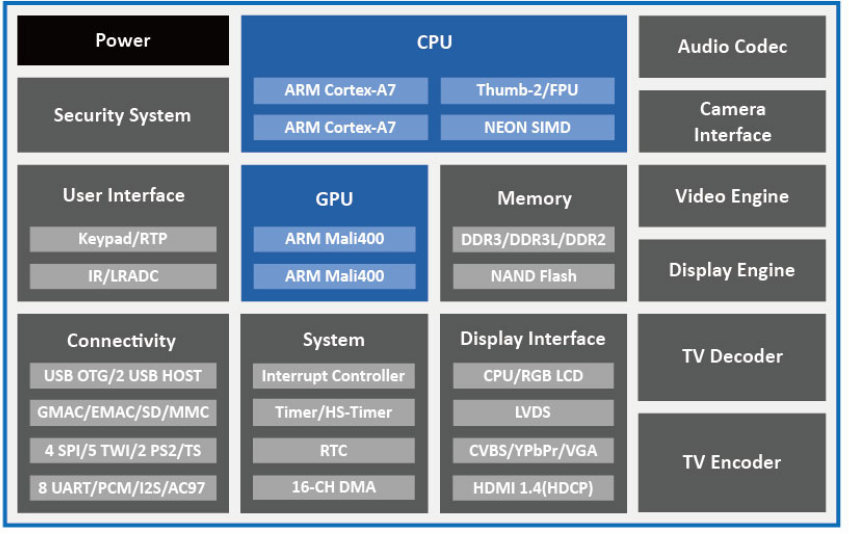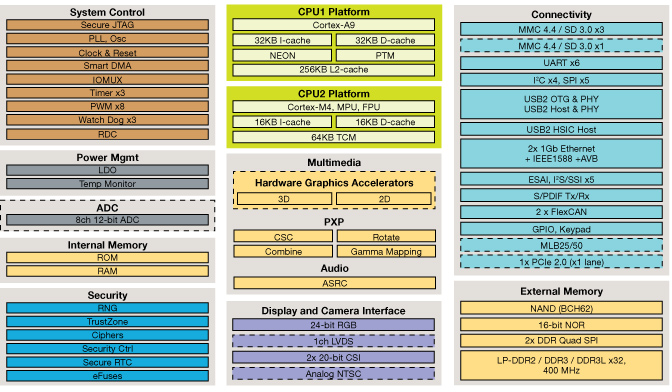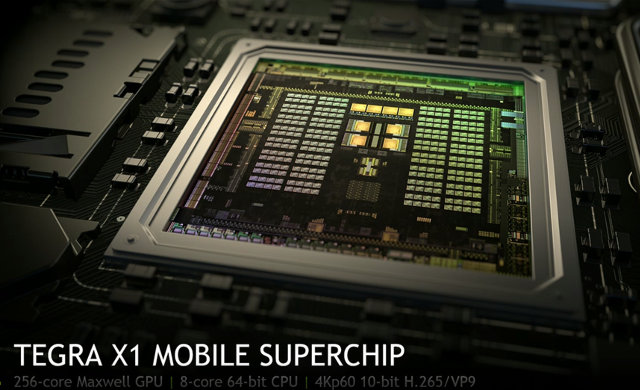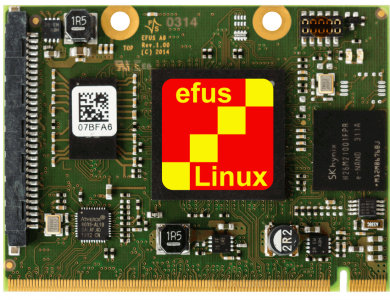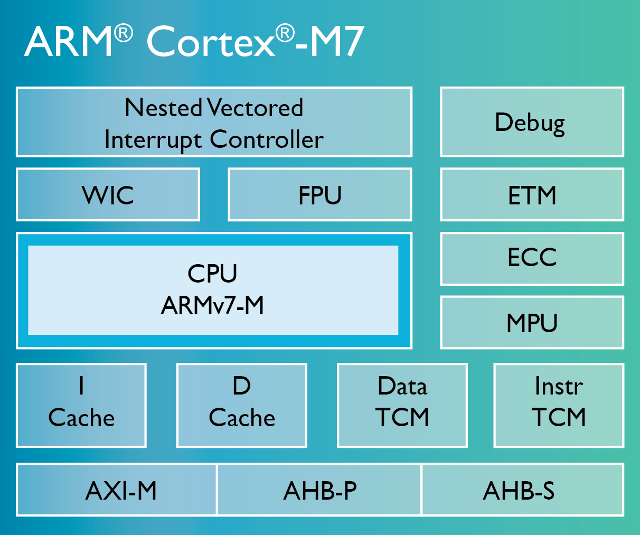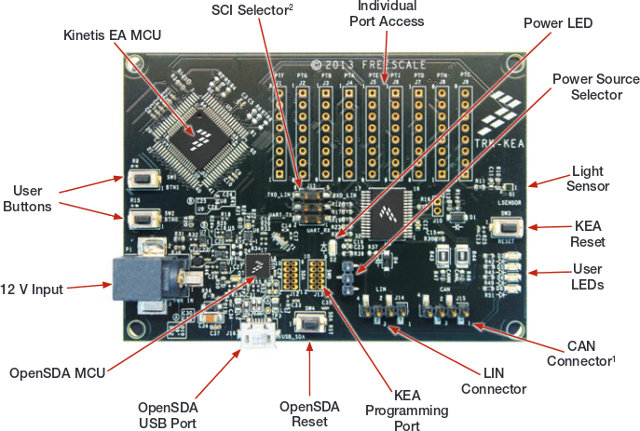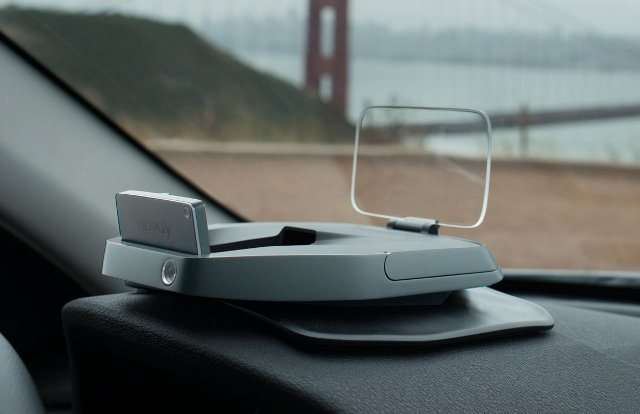Allwinner already has several processor families, the most famous being the A-series for tablets, followed bythe H-series for home entertainment, the V-series for video application, the R-series for IoT as found in R8 module used in C.H.I.P $9 computer, and now I’ve just found out the company launched T-series with Allwinner T2 and T8 for “Transportation”/automotive applications. I don’t have any details about T8 processor, but the company kindly shared a product brief with the specs for Allwinner T2: CPU – Dual core Cortex A7 CPU – Mali-400MP2 supporting OpenGL ES 1.1/2.0 Memory – DDR2, DDR3, and DDR3L controller, NAND flash controller with 64-bit ECC Video Inputs – 4x AV Inputs Video – H.264 2160p video decoding, multi-format decoding, h.264 encoding @1080p30 / 720p60. Display – Multi-channel HD display with integrated HDMI 1.4 transmitter, CPU/RGB/LVDS display interface, support for VGA/CVBS/YPbPr, and integrated TV decoder. Camera – Integrated parallel 8-bit interface YUV sensor, […]
Freescale Announces i.MX 6SoloX ARM Cortex A9 & Cortex M4 Processor
Freescale i.MX6 SoloX processor started to show up in the ARM Linux Kernel mailing list last year, and Cortex A9 + Cortex M4 processor showed up in some marketing documents, but so far all documentation was tied to a non-diclosure agreement. However, all resources are now publicly available, as the company officially launched i.MX 6SoloX processor at Embedded World 2015. Freescale i.MX 6SoloX specifications: CPU – ARM Cortex-A9 up to 1 GHz with 512 KB L2 cache, 32 KB instruction and data caches and NEON SIMD media accelerator MCU – ARM Cortex-M4 up to 200 MHz with 16 KB instruction and data caches, 64 KB TCM, MPU and FPU Memory Interface 16/32-bit DDR3-800 and DDR3L-800, 16/32-bit LPDDR2-800 SLC/MLC NAND, 62-bit ECC, ONFI2.2 2x DDR Quad SPI NOR flash, 16/32-bit NOR Flash Display and Camera Interfaces Parallel RGB LVDS 20-bit parallel CMOS sensor interface NTSC/PAL analog video input interface Multimedia GPU […]
Embedded Linux Conference 2015 Schedule – IoT, Cars, and Drones
Embedded Linux Conference 2015 will take place in San Jose, California, on March 23 – 25, 2015, and will focus on Drones, Things and Automobiles. The schedule has been published, and whether you’ll attend or not, it’s always interested to have a look at what will be talked about to have a peak into the future of Embedded Linux, or simply keep abreast with the progress in the field. So as usual, I’ve gone through the schedule, and made my own virtual program with talks that I find interesting. Monday 23rd 9:00 – 9:30 – Driving standards and Open Source to Grow the Internet of Things by Mark Skarpness, Director of Systems Engineering at Intel Billions of devices are beginning to come online, and many of these devices, large and small, are running open source software. To fuel this innovation, it’s more important than ever for these devices to use […]
Nvidia Announces Tegra X1 64-bit Octa-core Processor with 256-Core Maxwell GPU
CES 2015 has started, and the first company to present their innovations is Nvidia. Last year their introduced Tegra K1, the first mobile processor with a desktop GPU with support for OpenGL. They’ve now raised the bar with Tegra X1, an octa-core 64-bit ARM processor with a 256-core Maxwell GPU delivering 1.5x to 2x the performance of Tegra K1, and supporting 4K60 video playaback with H.265 and VP9 codecs. Some geekbench benchmark comparing X1, K1, and Apple A8x. Nvidia CEO also claiemd Tegra X1 is the first mobie SoC delivering over 1 Teraflops, something that was achieved around year 2,000 with 20,000 Pentium pro processor consuming 1 millions Watts, while X1 SoC only consumes about 10 Watts. Power efficiency is said to have improved too, as Maxwell GPU is said to delivers more performance with similar power efficiency. They also introduced Drive CX mini computer for automotive application featuring Tegra […]
F&S Elektronik Systeme Introduces eFus A9 Industrial Computer Modules Powered by Freescale i.MX6 SoC
F&S Elektronik Systeme, a German embedded systems company, has announced their efus A9 Computers-on-Module (CoM) based on Freescale i.MX6, are now in mass production. The CPU comes in two variants A9V2 for i.MX6 Solo, and A9V3 with i.MX6 DualLite, both of which are certified for automotive and industrial applications, and support commercial, extended, and industrial temperature ranges. eFuse A9 computer-on-module specifications: SoC – CPU Freescale i.MX6 Solo (eFus A9V2) or DualLite (eFus A9V3) @ up to 1.2 GHz + Vivante 2D and 3D GPUs System Memory – 512MB (Up to 1GB RAM) Storage – 256 MB NAND flash (Up to 1GB), 2 GB eMMC (eFus A9V3 only. up to 32GB), optional SPI NOR, optional I2C EEPROM Display I/F – 18-bit RGB, 2x 24-bit LVDS, and DVI Other interfaces available via 230 pins MXM-2 edge connector: 2x SD card I/F 1x Gigabit Ethernet 1x USB Host, 1x USB Device 2x CAN […]
ARM Introduces Cortex-M7 MCU Core for IoT, Wearables, Industrial and Automotive Applications
ARM has just announced Cortex-M7 processor based on ARMv7-M architecture, with double the compute and digital signal processing (DSP) capability of ARM Cortex M4. The latest ARM MCU core targets IoT and wearables applications for the automotive, industrial, and consumer markets including motor control, industrial / home / factory automation, advanced audio, image processing, connected vehicle applications, and so on. Cortex-M7 comes with enhanced DSP instructions, a better FPU (FPv5 with single and double precision support), and tight coupled memory compared to Cortex-M4, according to an Anandtech article. ARM Cortex-M7 also achieves 5 CoreMark/MHz against 3.41 CoreMark/MHz for Cortex M4, and up to 3.23 DMIPS/MHz against up to 1.95 DMIPS/MHz. ARM Cortex-M7 features listed in the press release: Six stage, superscalar pipeline delivering 2000 Coremarks at 400MHz in a 40LP process. AXI interconnect (supports 64-bit transfer) and fully integrated optional caches for instruction and data allowing efficient access to large […]
Freescale To Give Away StarterTRAK Development Boards for Automotive Applications
Freescale StarterTRAK development boards are based on the company’s Kinetis EA Cortex M0+ MUCs or Qorivva 32-bit MCU targeting automotive applications with support a wide temperature range (–40° to +125°C) and interfaces such as LIN (Local Interconnect Network) and CAN. These development boards can be used for body and security, powertrain, and safety & chassis applications. Freescale has decided to giveaway 60 StarterTRACK development board to random winners, so if you are knowledgeable in this field it could be an opportunity to try the platform. There will be 5 different kits given away, all based on Kinetis MCU: TRK‐KEA8, TRK‐KEA64, TRK‐KEA128, KEA128LEDLIGHTRD and KEA128BLDCRD. Let’s have a closer look at TRK-KEA128 development board. Key features and specifications of TRK-KEA128 board: MCU – Kinetis KEA128 ARM Cortex M0+ MCU @ 48MHz with 16KB RAM and 128KB flash in a 80 LQFP package On-board openSDA debugging and programming circuit using the PK20DX128 MCU […]
Navdy is an Android Head Up Display for your Car Controlled by Voice and Gestures
Following up on yesterday’s Android rear view mirrors (ARVM), where I and others mentioned safety of such devices in comments, it has been brought to my attention that there’s a possibly safer alternative with Navdy, a 5.1″ Head-Up Display (HUD) running Android 4.4, that’s placed right in front of your eyes on the top of the dashboard, and coming with both common and different features compared to ARVM. Navdy’s preliminary specifications: Processor – Unnamed dual core processor System Memory – N/A Storage – N/A Display – 5.1″ wide transparent Head-Up Display (HUD) with high quality projector Camera – IR camera for touchless gesture control Connectivity – WiFi (802.11 b/g/n), Bluetooth 4.0/LE Sensors – Accelerometer, e-compass, ambient light sensor Audio – Via Bluetooth or 3.5mm minijack mini-USB port, Internal speaker and microphone with noise canceling DSP Data / Power interface – OBD-II power and data connection to car computer, with optional […]


